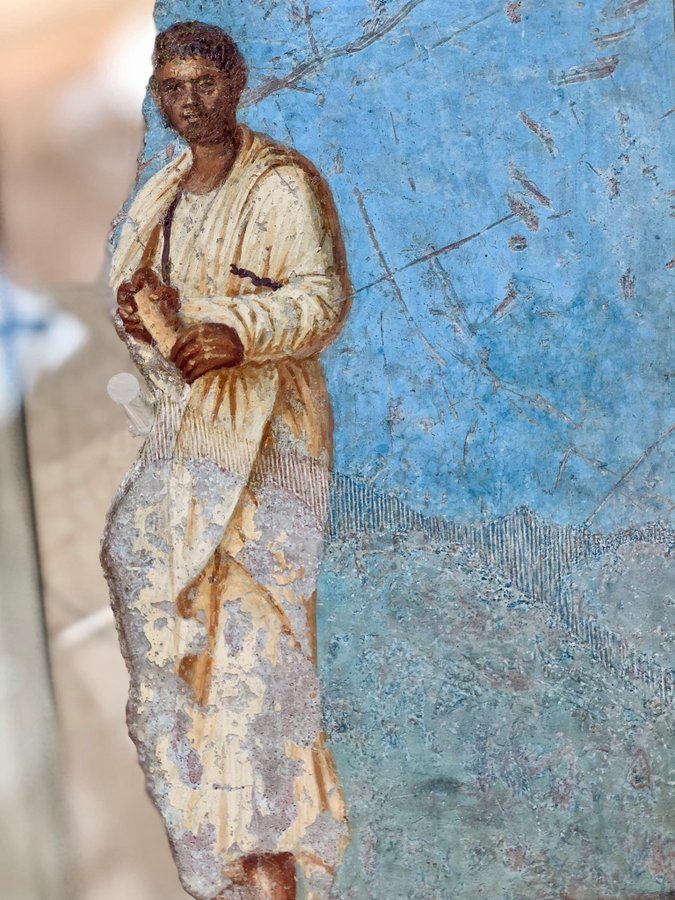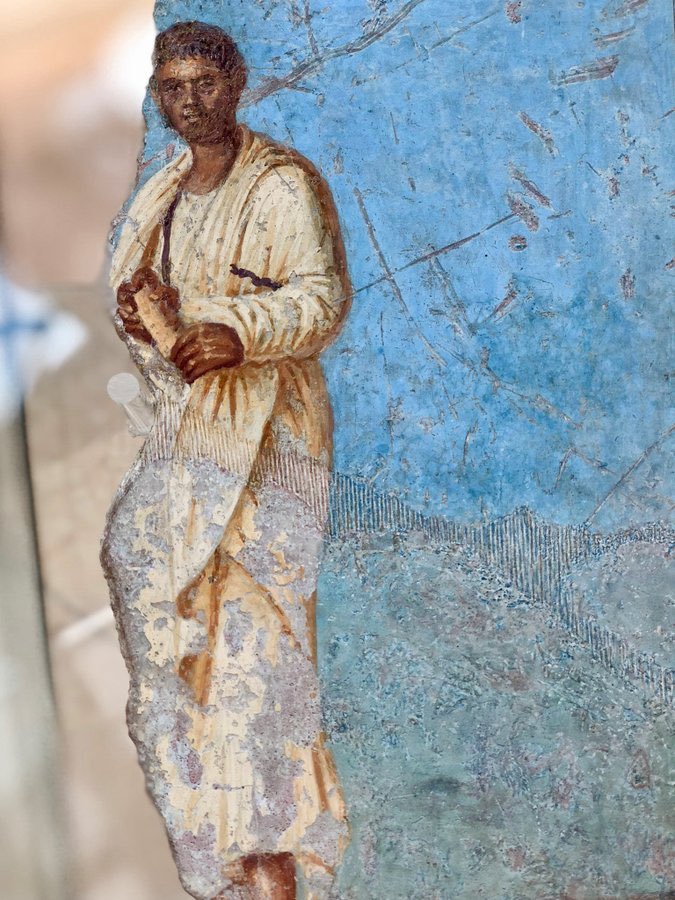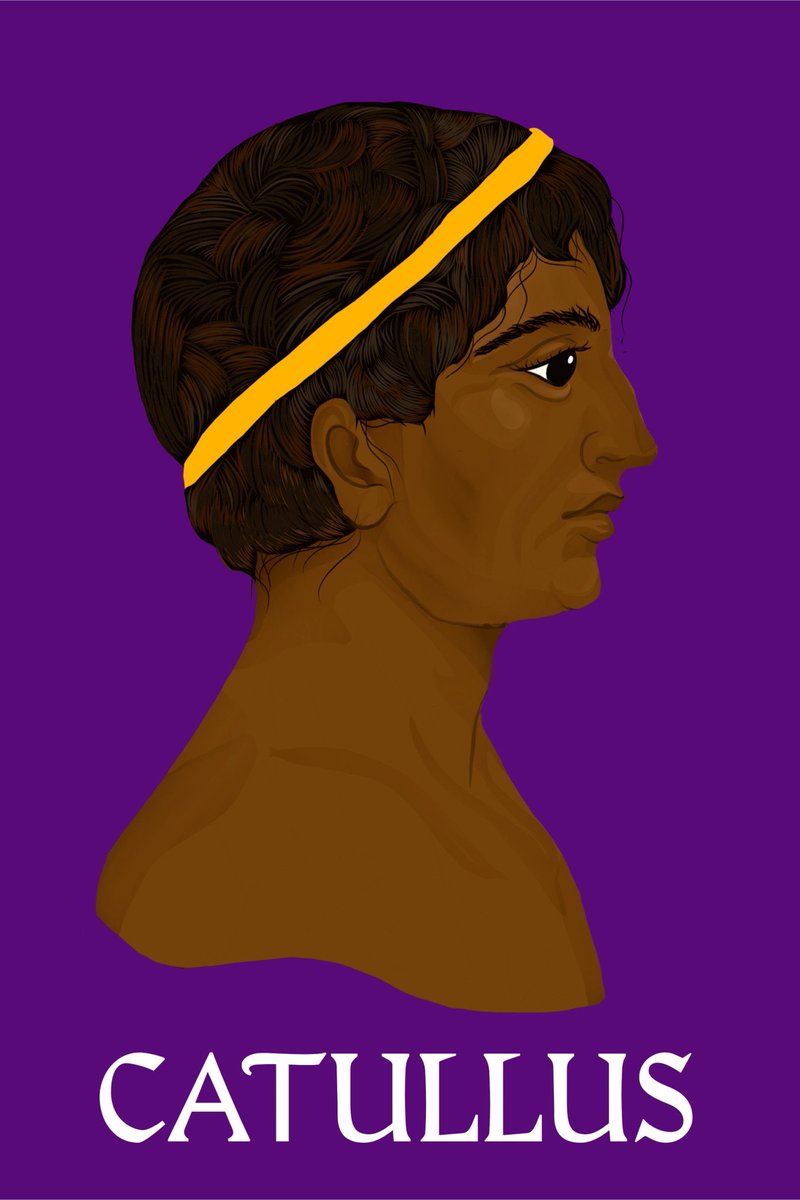There Were Brown People In Ancient Rome (Which Was A Multicultural Empire) And So Artistic Depictions Of (Yes, Even Aristocratic) Roman Poets Where They Have Dark Skin Are Fine And People Need To Calm The Fuck Down.
A Thread:
A Thread:
First of all, let& #39;s start with the Fayum mummy portraits! When it comes to elite Roman representation--why is it more seemly to look at modern day Italians rather than the iconography from Roman Egypt?
To quote the introduction of "Race and Ethnicity in the Classical World: An Anthology of Primary Sources in Translation" the Greeks and Romans (like us) "struggled to understand the varieties of humanity in the world as they knew it..."
"Some people, for example, had pale skin with fine, red hair and freckles. Others had dark skin with coarse, curly hair. How much did said differences arise among the peoples of the world? Their theories for difference, while not the same as our concepts of race and ethnicity..."
"...suggest that they considered similar causes. The ancient origin myths of humanity in Greece and the Near East tended to posit a single source for all humans."
Moving on to fresco depiction, we see this variety once again, see here with Iphigenia:
Moving on to fresco depiction, we see this variety once again, see here with Iphigenia:
I& #39;m also surprised by the constant assertion that the Romans were lily-white (despite varying trends in ancient cosmetics, as I& #39;ve been studying recently courtesy of Ovid& #39;s fragmentary cosmetic text) given that many Roman depictions are darker than me, a lightskinned Black woman.
I& #39;m also shocked given the prominence of bronze in Roman materiality and representation passed down from Greece, and the different color palettes that emerge in art to reflect such. Look at the figures in these frescoes:
I also find the call to look at mosaics fascinating given the sheer amount of iconography we have from pottery--but I guess that would require folks to dip their toes into the evolution of mosaic (and glass!) representation and go to its origins in Greek red and black figure.
But also mosaics also show variety in skin-tone. I mean let& #39;s look at the cover of "Mosaics of the Greek and Roman World"--does this figure look lily-white to you?
To close: there& #39;s hella variety when it comes to skin-tone in Rome, so policing an artist& #39;s depictions (and specifically bringing Blackness into your critiques and claim that she& #39;s "blackwashing" the classics) is not only rude as hell, it& #39;s just also historically inaccurate.
The Romans depicted themselves and their gods often as dark skinned. Claiming that an artist is misrepresenting the Romans when she is engaging more deeply with their iconography than the twittering masses--maybe you& #39;re just projecting your own issues around Blackness?  https://abs.twimg.com/emoji/v2/... draggable="false" alt="🤷🏾♀️" title="Achselzuckende Frau (durchschnittlich dunkler Hautton)" aria-label="Emoji: Achselzuckende Frau (durchschnittlich dunkler Hautton)">
https://abs.twimg.com/emoji/v2/... draggable="false" alt="🤷🏾♀️" title="Achselzuckende Frau (durchschnittlich dunkler Hautton)" aria-label="Emoji: Achselzuckende Frau (durchschnittlich dunkler Hautton)">
Also LOL @SarahEBond tried to tell y& #39;all years ago and you freaked out then when she did it in FORBES lmao not surprised that everyone& #39;s screaming at an artist rn #1111856e75ad">https://www.forbes.com/sites/drsarahbond/2017/04/27/whitewashing-ancient-statues-whiteness-racism-and-color-in-the-ancient-world/ #1111856e75ad">https://www.forbes.com/sites/drs...
Thank you @profyarrow for this other addition: a fresco fragment from the ‘Villa of Catullus’ at Sirmione on Lake Garda.
Original photo credit @OptimoPrincipi - check out his fantastic thread on the Grottoes of Catullus! https://twitter.com/OptimoPrincipi/status/1035551602579529730">https://twitter.com/OptimoPri...
So again, really weird to accuse @artistfuly of “blackwashing antiquity” when her art isn’t that different from the depictions of Romans we have from their own houses. Almost like folks just really hate dark skin. Weird.
Sources! Mummy portraits from Google. Books:
1. The Splendor of Roman Wall Painting by Umberto Pappalardo
2. Mosaics of the Greek and Roman World by Katherine M. D. Dunbabin
3. Pergamon and the Hellenistic Kingdoms of the Ancient World (MET Catalogue, ed. Picon and Hemingway)
1. The Splendor of Roman Wall Painting by Umberto Pappalardo
2. Mosaics of the Greek and Roman World by Katherine M. D. Dunbabin
3. Pergamon and the Hellenistic Kingdoms of the Ancient World (MET Catalogue, ed. Picon and Hemingway)

 Read on Twitter
Read on Twitter

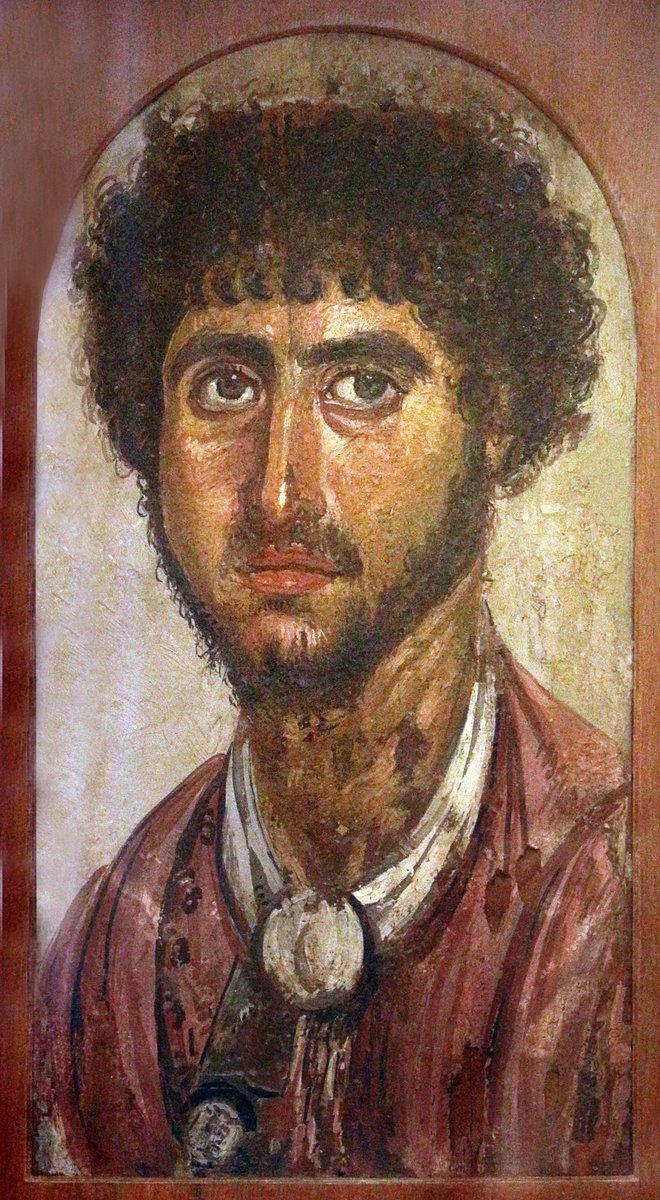
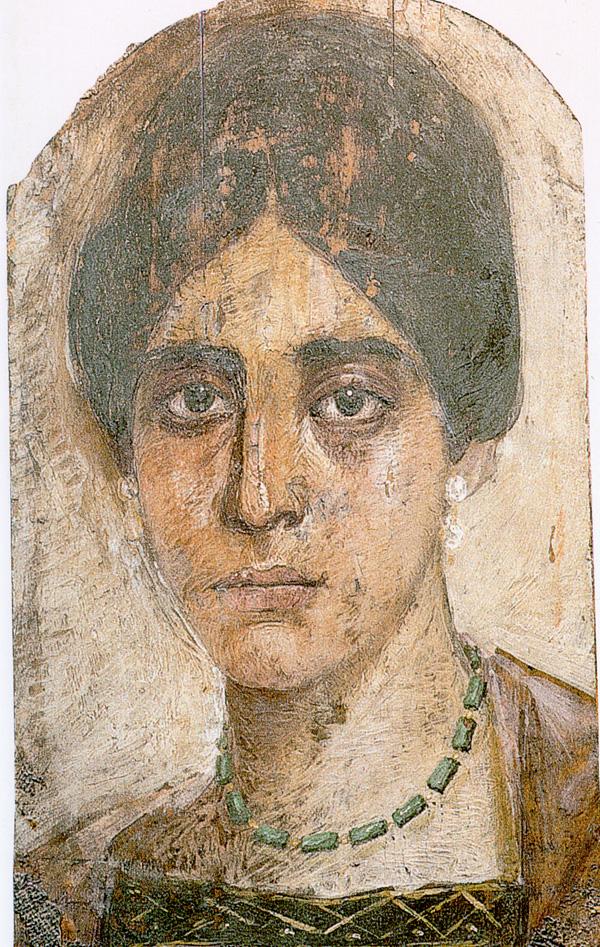

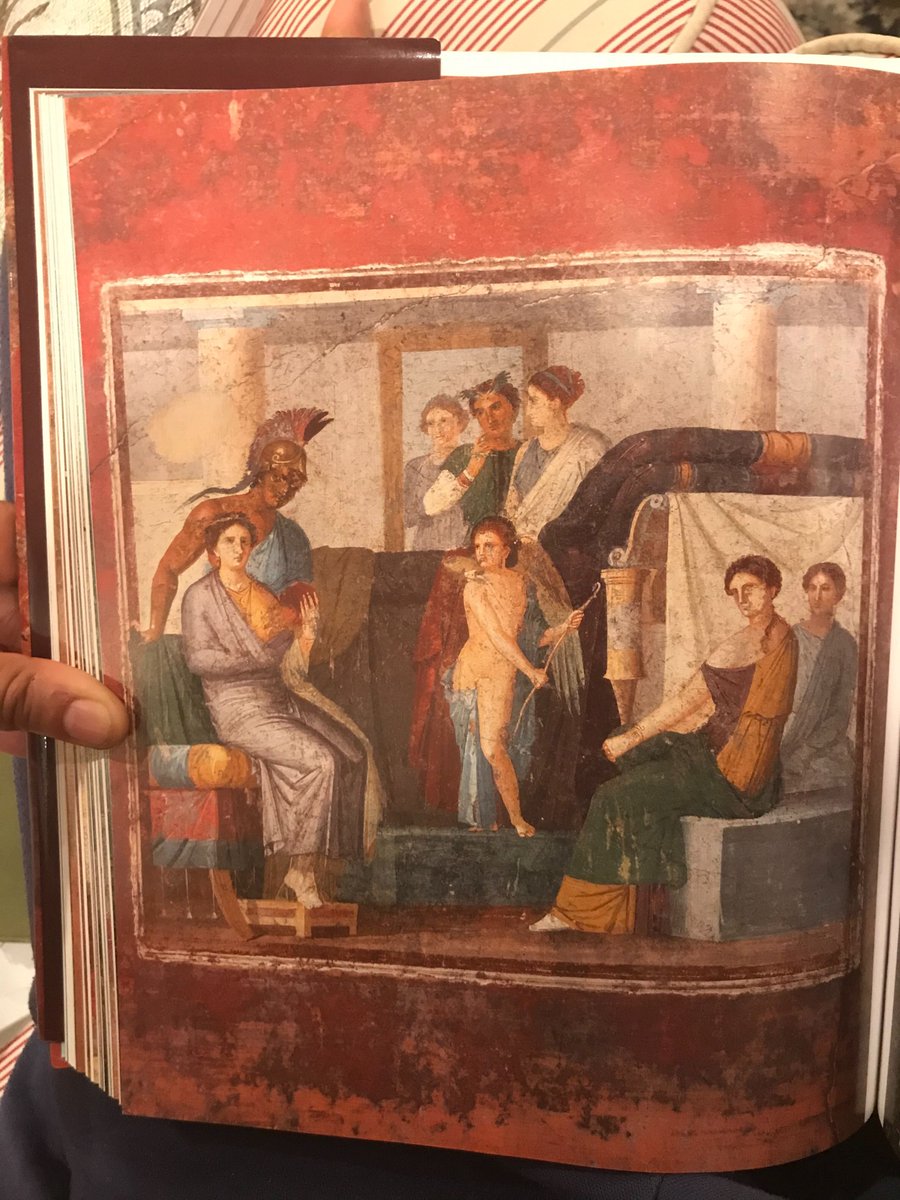



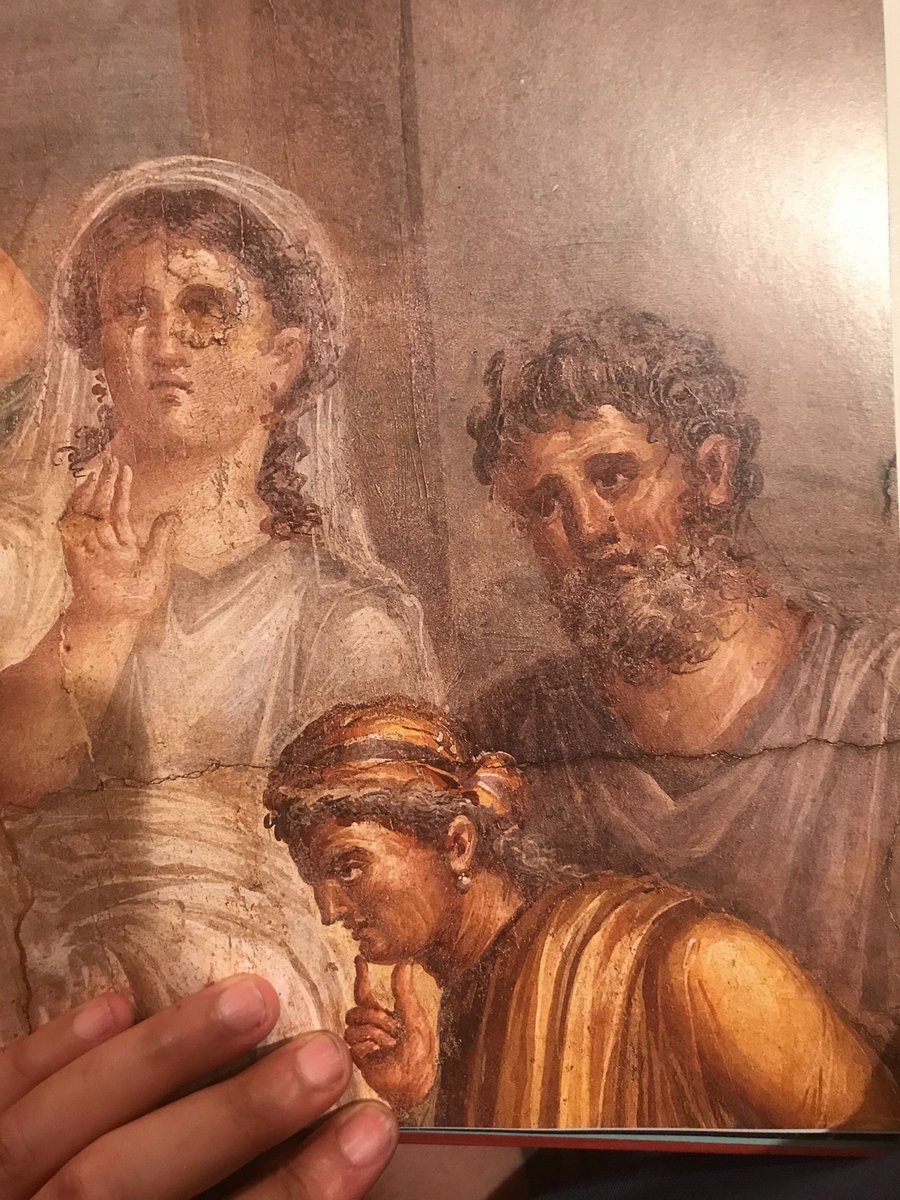
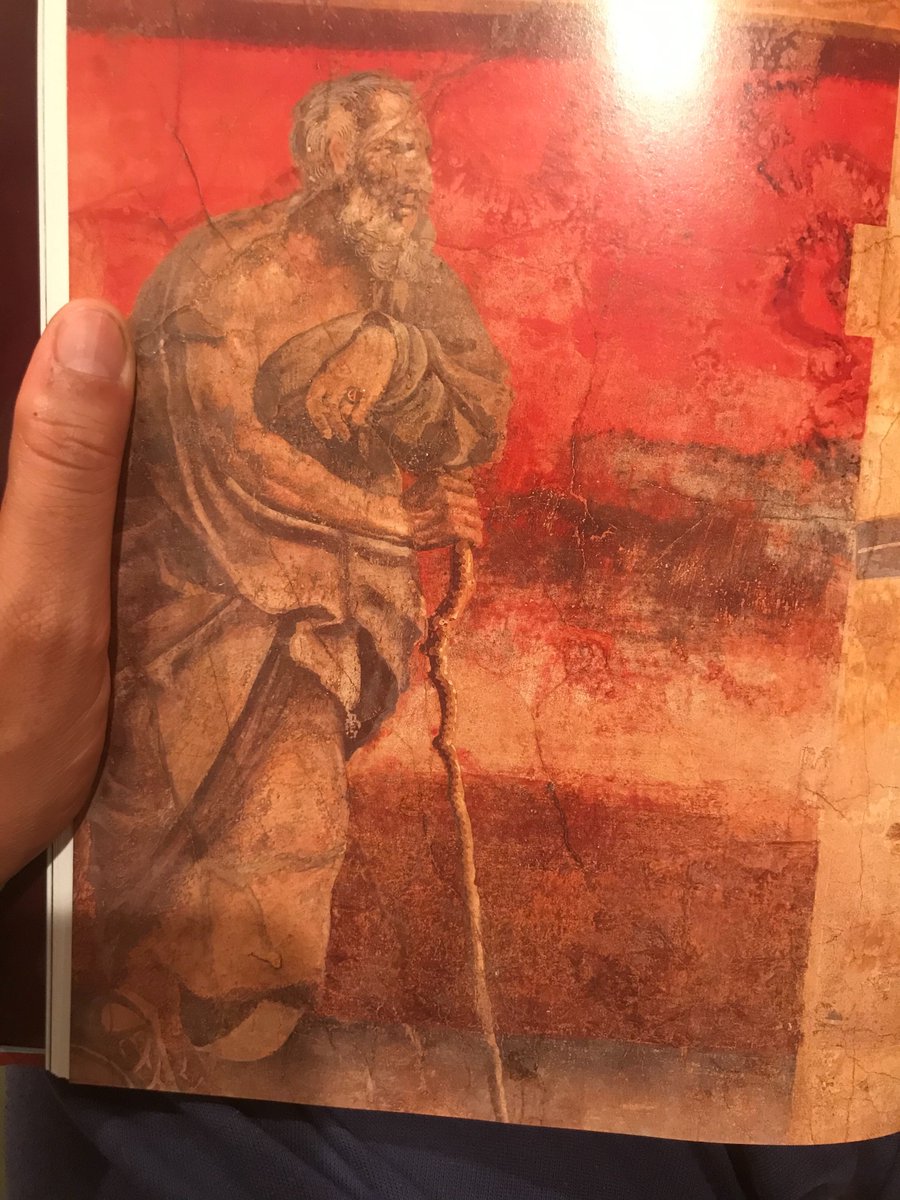
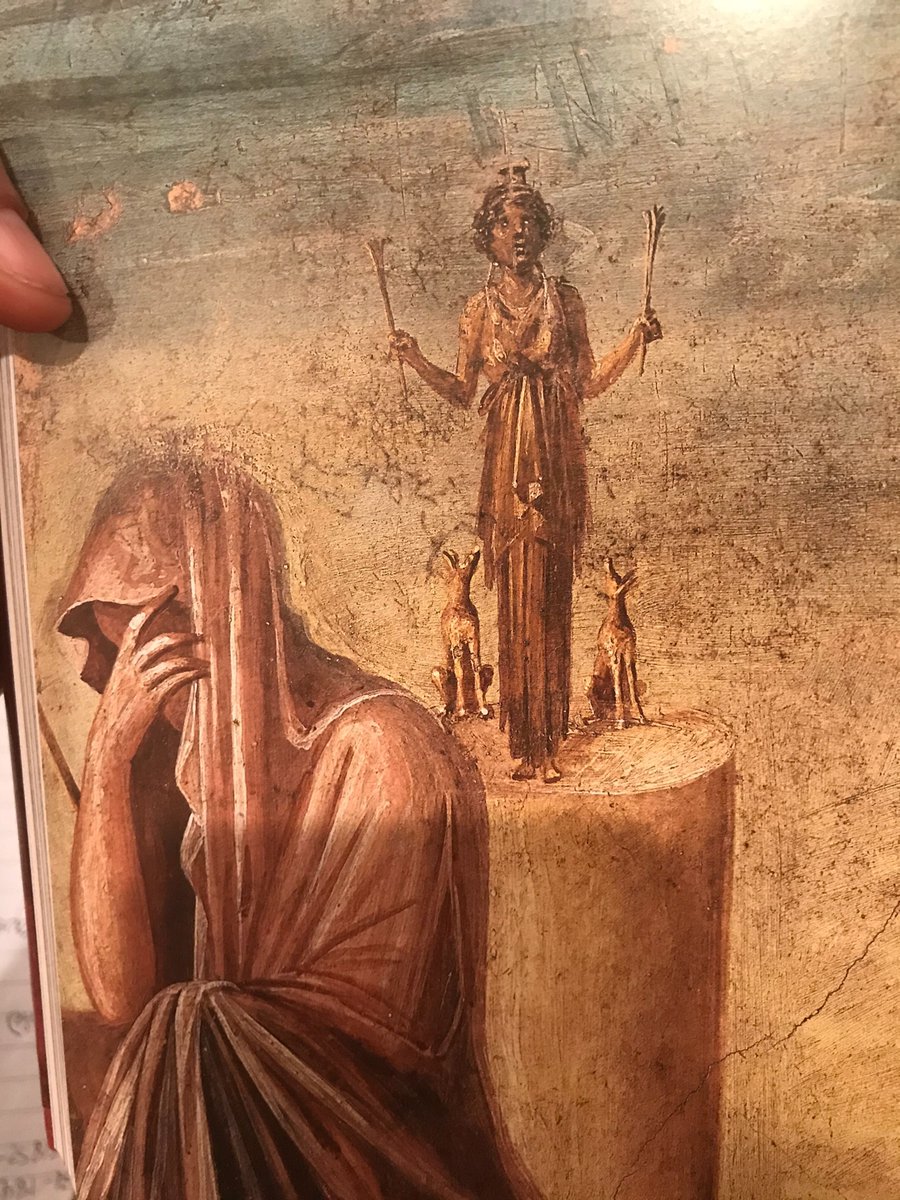
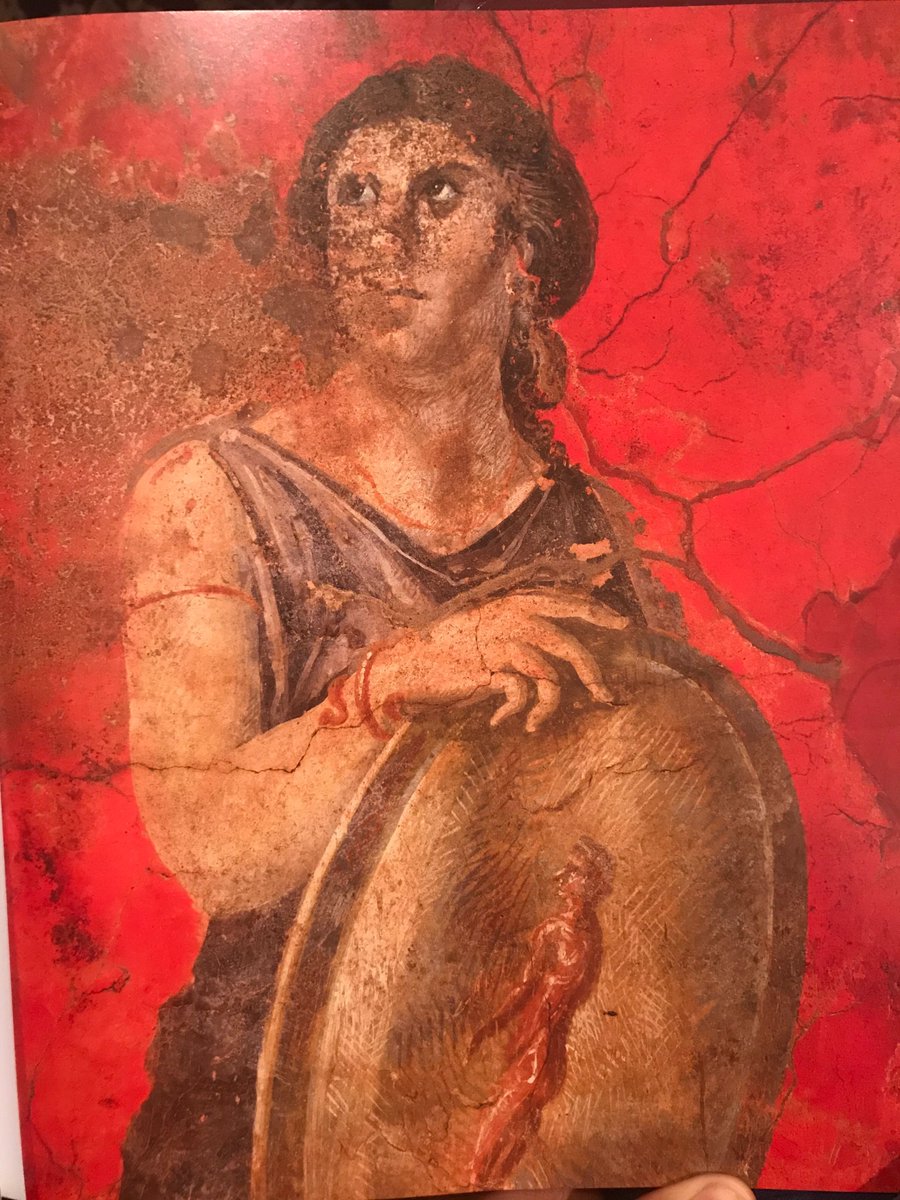

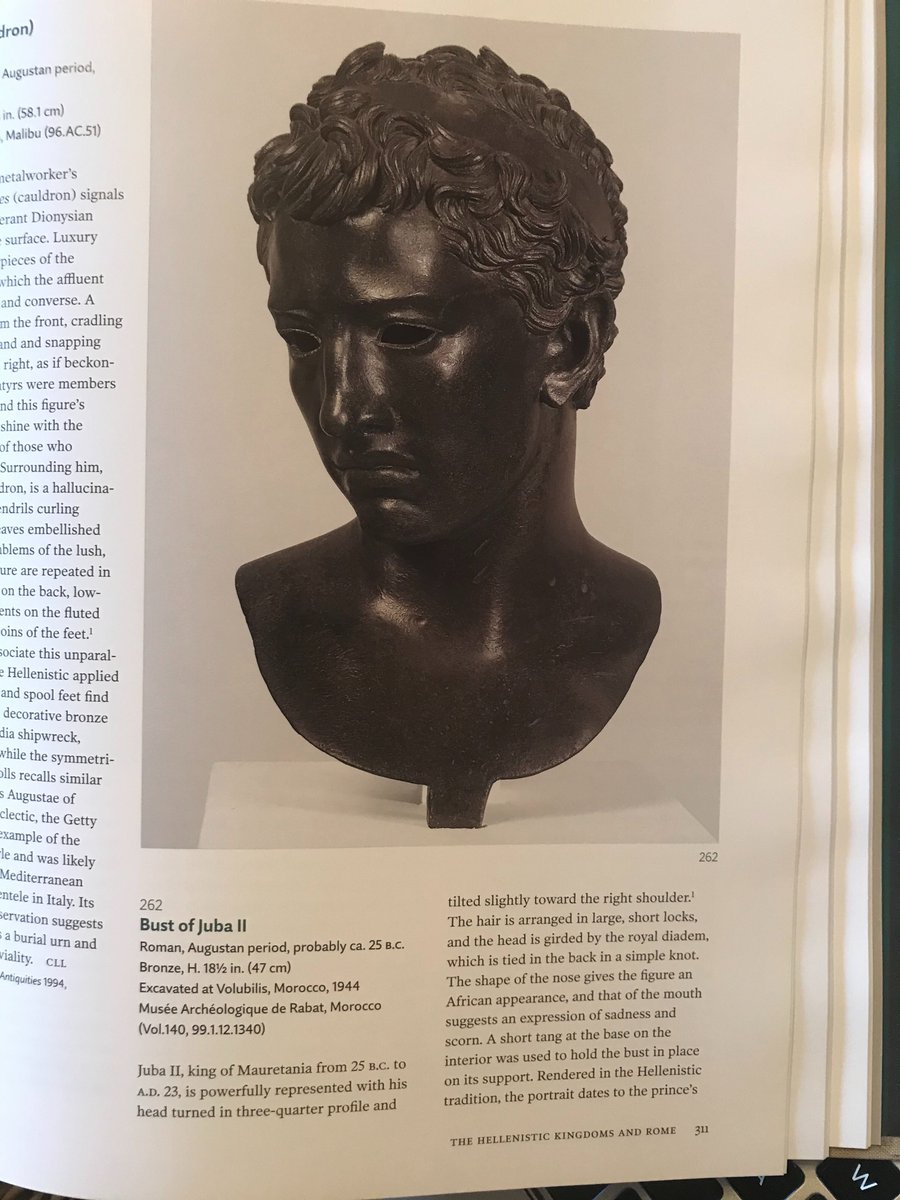
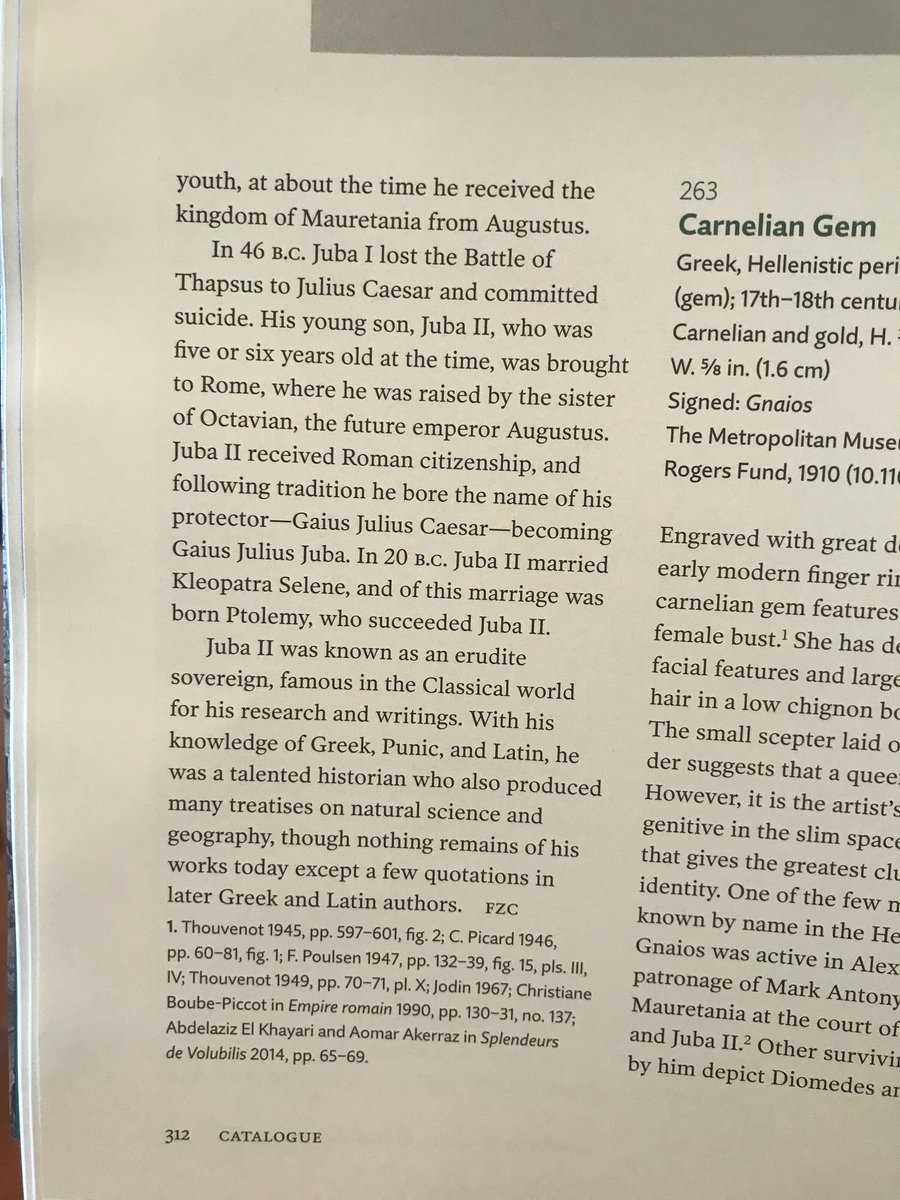



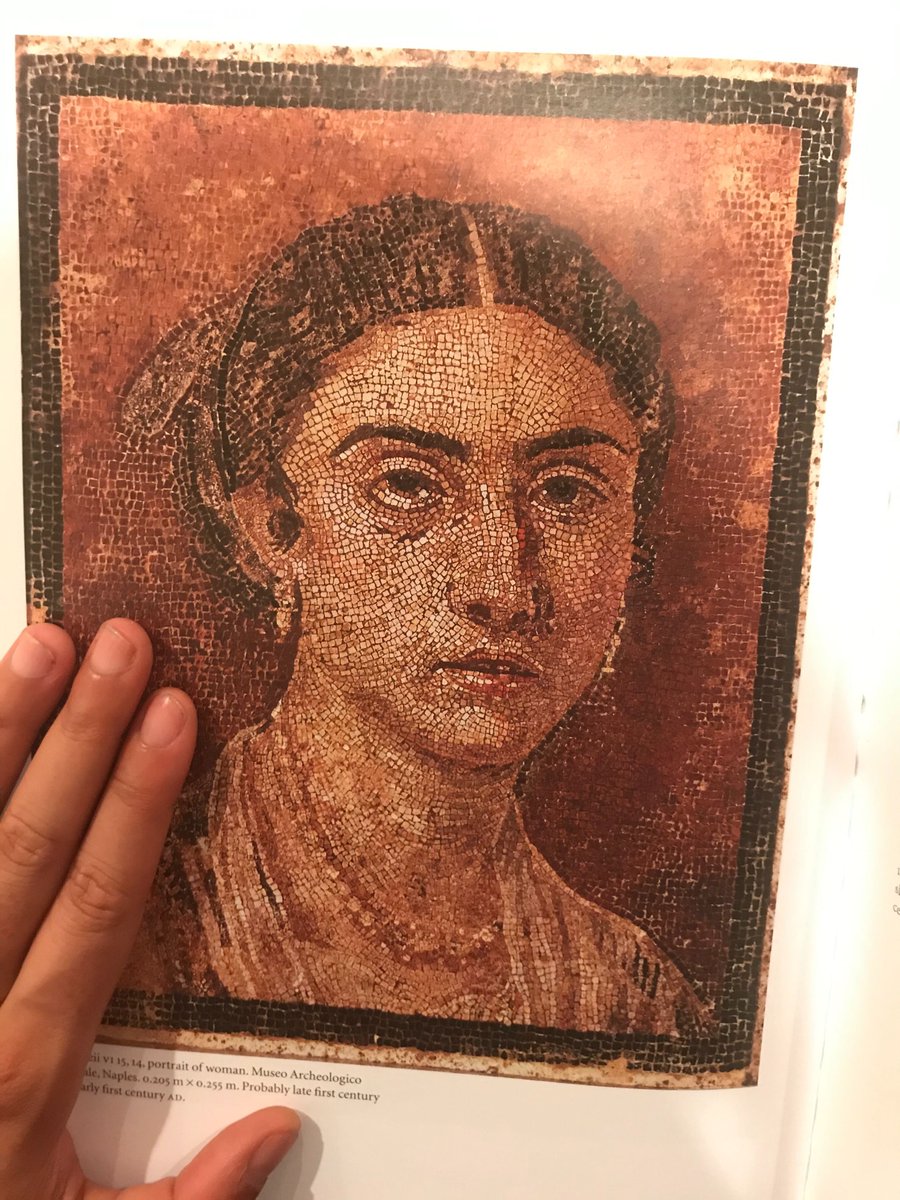
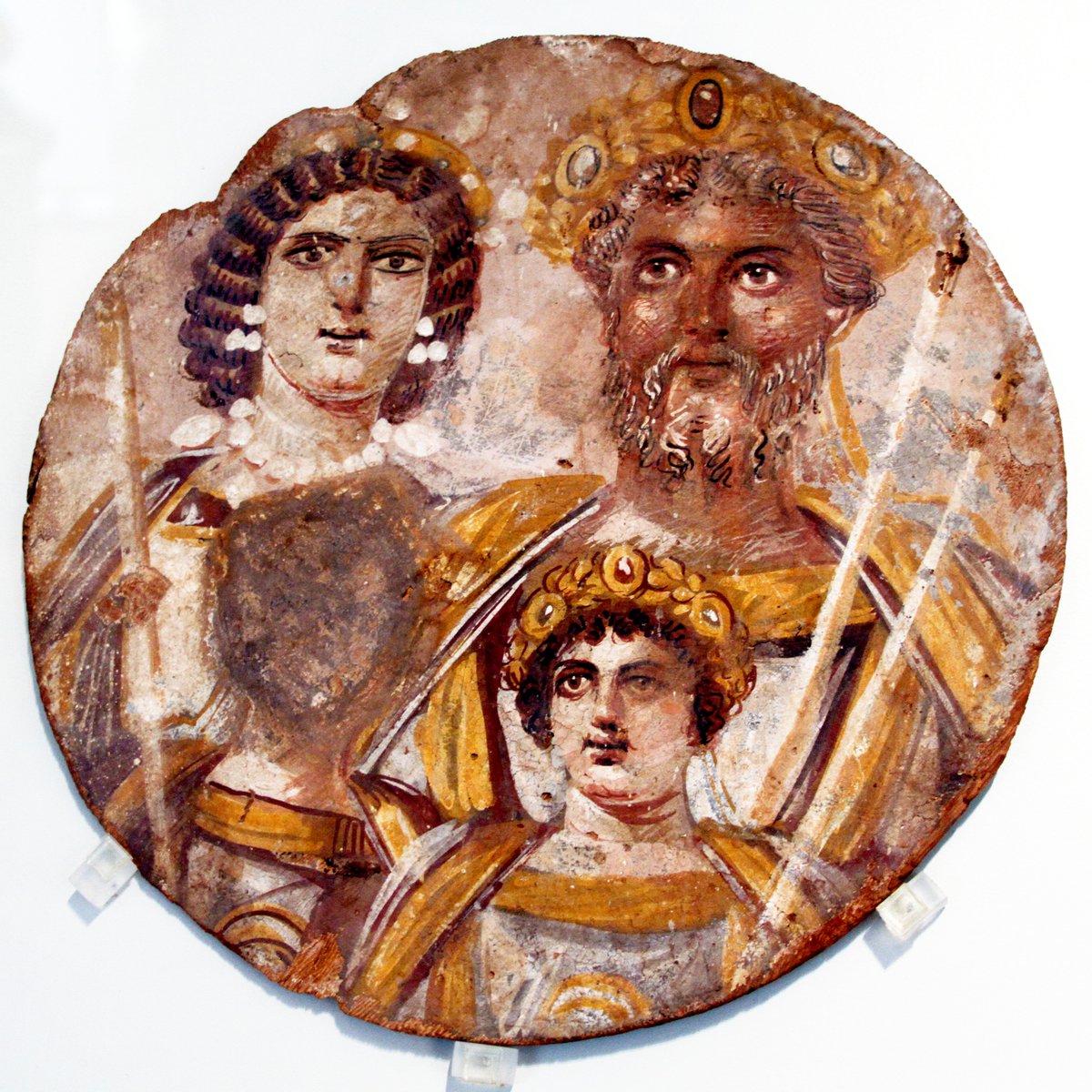 " title="The Romans depicted themselves and their gods often as dark skinned. Claiming that an artist is misrepresenting the Romans when she is engaging more deeply with their iconography than the twittering masses--maybe you& #39;re just projecting your own issues around Blackness? https://abs.twimg.com/emoji/v2/... draggable="false" alt="🤷🏾♀️" title="Achselzuckende Frau (durchschnittlich dunkler Hautton)" aria-label="Emoji: Achselzuckende Frau (durchschnittlich dunkler Hautton)">" class="img-responsive" style="max-width:100%;"/>
" title="The Romans depicted themselves and their gods often as dark skinned. Claiming that an artist is misrepresenting the Romans when she is engaging more deeply with their iconography than the twittering masses--maybe you& #39;re just projecting your own issues around Blackness? https://abs.twimg.com/emoji/v2/... draggable="false" alt="🤷🏾♀️" title="Achselzuckende Frau (durchschnittlich dunkler Hautton)" aria-label="Emoji: Achselzuckende Frau (durchschnittlich dunkler Hautton)">" class="img-responsive" style="max-width:100%;"/>
